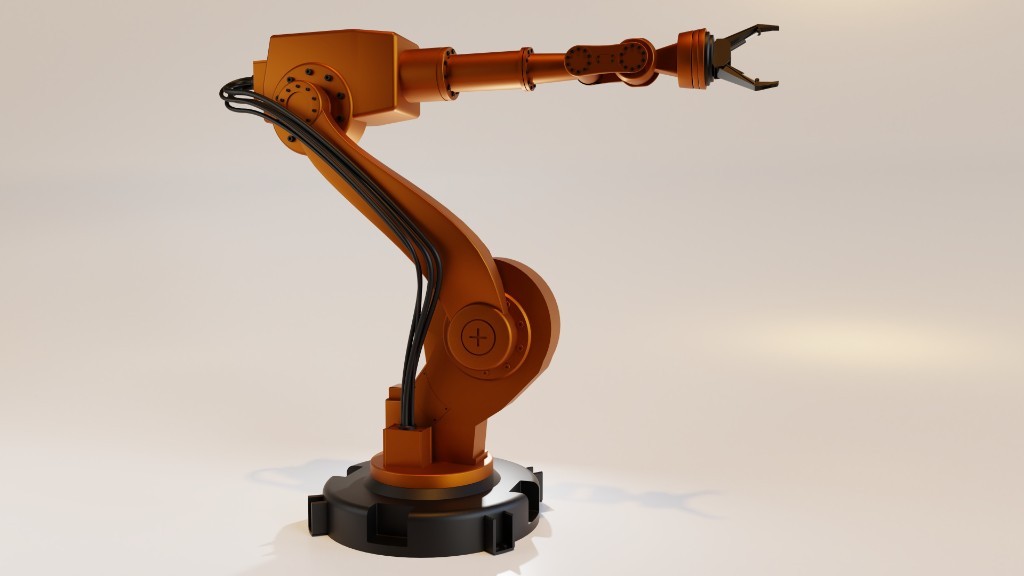In recent years, there has been a significant advancement in the field of Artificial Intelligence (AI) and Augmented Reality (AR). These technologies have become increasingly popular and have the potential to enhance virtual experiences in various fields such as gaming, education, healthcare, and...
Advances in Real-World Robotics Outside Controlled Lab Environments

Robots have long been a fascination of science fiction, with visions of humanoid machines performing complex tasks and interacting seamlessly with humans. However, the reality of robotics has often fallen short of these lofty expectations. Historically, robots have been confined to controlled environments, such as factories or research labs, where their movements and actions can be tightly regulated.
But in recent years, there have been significant advancements in robotics that are pushing the boundaries of what robots can do in the real world. These advancements are enabling robots to navigate unpredictable and unstructured environments, such as homes, hospitals, and disaster zones, where they can assist humans in a wide range of tasks.
One key area of development is in the field of mobility. Traditionally, robots have been limited in their ability to move and navigate in complex environments. However, recent breakthroughs in locomotion, such as the development of dynamic legged robots and agile wheeled robots, have allowed robots to traverse uneven terrain, climb stairs, and even navigate tight spaces.
Another important advancement is in the area of perception. Robots are now equipped with sophisticated sensors, cameras, and artificial intelligence algorithms that enable them to perceive and understand the world around them. This allows robots to recognize objects, navigate obstacles, and interact with humans in a more natural and intuitive way.
These advancements in mobility and perception are opening up new possibilities for real-world applications of robots. For example, robots can now assist in tasks such as search and rescue operations, household chores, and healthcare. They can also be used in industries like agriculture, construction, and logistics, where they can improve efficiency and productivity.
While there are still many challenges to overcome, the advancements in robotics are bringing us closer to a future where robots are an integral part of our everyday lives. As robots become more capable and intelligent, they have the potential to revolutionize the way we live and work, making our lives easier, safer, and more efficient.
Unleashing Robots into the Wild: Challenges and Innovations
As robotics technology continues to advance, there is an increasing trend towards deploying robots in real-world environments beyond controlled settings. This shift presents a unique set of challenges and necessitates innovative solutions to enable successful and efficient operation of robots in the wild.
1. Navigation and Localization
One of the significant challenges when unleashing robots into the wild is navigating and localizing themselves in unfamiliar and dynamic environments. Unlike controlled environments, where maps and predefined paths are readily available, robots in the wild must rely on real-time perception and mapping to navigate effectively. This requires advanced sensor fusion techniques and algorithms to accurately estimate the robot's location and surroundings.

2. Adaptability and Resilience
The wild is full of unpredictable conditions and obstacles, making it essential for robots to be adaptable and resilient. They need to handle varying terrains, weather conditions, and unexpected events such as encountering new objects or obstacles. Innovations in robot design and control systems, such as robust locomotion mechanisms and adaptive algorithms, are crucial to ensuring the robot's ability to operate effectively and safely in such scenarios.
3. Human-Robot Interaction
When robots operate in controlled environments, they often have limited interaction with humans. However, in the wild, robots may encounter a wide range of human interactions and scenarios. This necessitates innovative approaches to enable effective human-robot communication and collaboration. Natural language processing, gesture recognition, and intuitive user interfaces are some of the areas where advancements are being made to enhance human-robot interaction in real-world settings.
4. Data Management and Processing
Unleashing robots into the wild generates vast amounts of data that need to be efficiently managed and processed. Robots must be equipped with robust onboard processing capabilities to handle the data generated by their sensors in real time. Furthermore, cloud computing and edge computing technologies are being leveraged to offload some of the data processing tasks, enabling efficient data management and analysis for improved decision-making and autonomous operation.
5. Ethical and Legal Considerations
As robots become more integrated into real-world environments, there is a need to address ethical and legal considerations associated with their deployment. Privacy concerns, safety regulations, and potential job displacement are some of the factors that need to be carefully considered. Innovations in policy frameworks, safety standards, and ethical guidelines are crucial to ensure responsible and beneficial integration of robots into the wild.
In conclusion, unleashing robots into the wild presents both challenges and opportunities for the field of robotics. With advancements in navigation, adaptability, human-robot interaction, data management, and ethical considerations, robots can operate effectively and safely in real-world environments, opening up new possibilities for applications and advancements in various industries.



